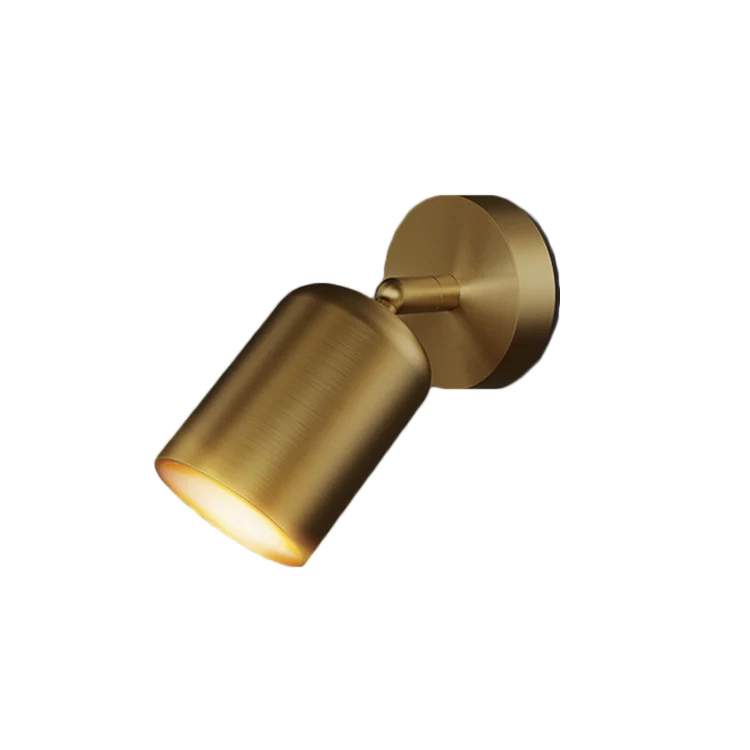LEAFLETS
PRODUCTS
The Gentle Glow The Enchantment of Table Lamps for Cozy Reading
The Atmospheric Power of Ambient Light
Unlike harsh fluorescent or ceiling lights, a table lamp casts a warm, diffused light that creates a comfortable and inviting atmosphere. The gentle glow doesn't strain the eyes, reducing eye fatigue often associated with prolonged reading. This soft illumination allows for a more relaxed reading experience, creating a space where one can lose themselves in the pages without the distraction of overly bright lighting. The focused, localized light also highlights the book itself, making the text easier to read without washing out the details of the page. This targeted illumination adds to the intimate and personal nature of the reading experience, making it feel more secluded and less like a task.
The choice of lampshade also dramatically influences the atmosphere. A parchment shade can create a soft, antique feel, while a sleek metal shade might offer a more modern and minimalist aesthetic. The color of the light bulb itself – warm white, cool white, or even a colored bulb – further contributes to the overall mood. Experimenting with different shades and bulbs can be a delightful way to tailor the atmosphere perfectly to the specific mood and tone of the book being read. A suspenseful thriller might benefit from a cooler, sharper light, while a cozy romance might thrive under the warmer, gentler glow of a traditional incandescent bulb.
A Focal Point for Comfort and Personalization
A table lamp isn't simply a light source; it's a design element that can add character and personality to a reading nook. Strategically placed beside a comfortable armchair or nestled on a side table, it becomes a central feature of the space, drawing the eye and creating a visual anchor. The lamp itself can reflect the reader's personal style and taste, adding a layer of personalization to the overall ambiance. A vintage lamp with a unique design can become a cherished conversation piece, reflecting the reader's individual aesthetic sensibilities.
Beyond aesthetics, the positioning of the table lamp contributes significantly to reading comfort. It allows readers to adjust the light's intensity and direction to their liking, minimizing glare and shadows. This control is especially crucial for readers who may wear glasses or experience eye strain. The ability to personalize the lighting to suit individual preferences is a key factor contributing to the overall enjoyment and relaxation of the reading experience. The lamp encourages a sense of ownership and control over the reading environment, fostering a more intimate and personalized connection with the activity itself.
The Historical Significance of Table Lamps and Reading
The history of table lamps and reading is intricately intertwined. Before the widespread availability of electricity, oil lamps and candles served as the primary sources of light for reading, often requiring intricate holders and careful positioning to prevent fire hazards. The development of gas lamps and, later, electric table lamps significantly improved reading conditions, extending the hours available for reading and making the activity more accessible.
The evolution of table lamp design reflects changing tastes and technological advancements. From the ornate designs of the Victorian era to the minimalist styles of the modern age, table lamps have mirrored broader aesthetic trends in furniture and interior design. Their evolution also highlights a continuing human desire for creating comfortable and personalized spaces for reading, even as the technology for illumination has constantly transformed.
Beyond Illumination: A Symbol of Sanctuary
Ultimately, the enchantment of table lamps goes beyond mere illumination. They symbolize a sanctuary, a quiet corner dedicated to the pleasure of reading. The soft glow acts as a visual cue, signaling a time for relaxation and escape into the worlds created within the pages of a book. It's a signal of intention, indicating a conscious decision to disconnect from the external world and engage with the inner worlds of literature.
The gentle glow of a table lamp is more than just light; it's an invitation to tranquility, a symbol of personal comfort, and a reminder of the enduring pleasure of a good book. It encapsulates a powerful sense of intimacy and encourages a deeper connection with both the physical act of reading and the stories within the books themselves. This humble object, therefore, holds a significant place in the rich tapestry of reading culture and the pursuit of cozy, fulfilling moments.
SUBSCRIBE
INQUIRY










